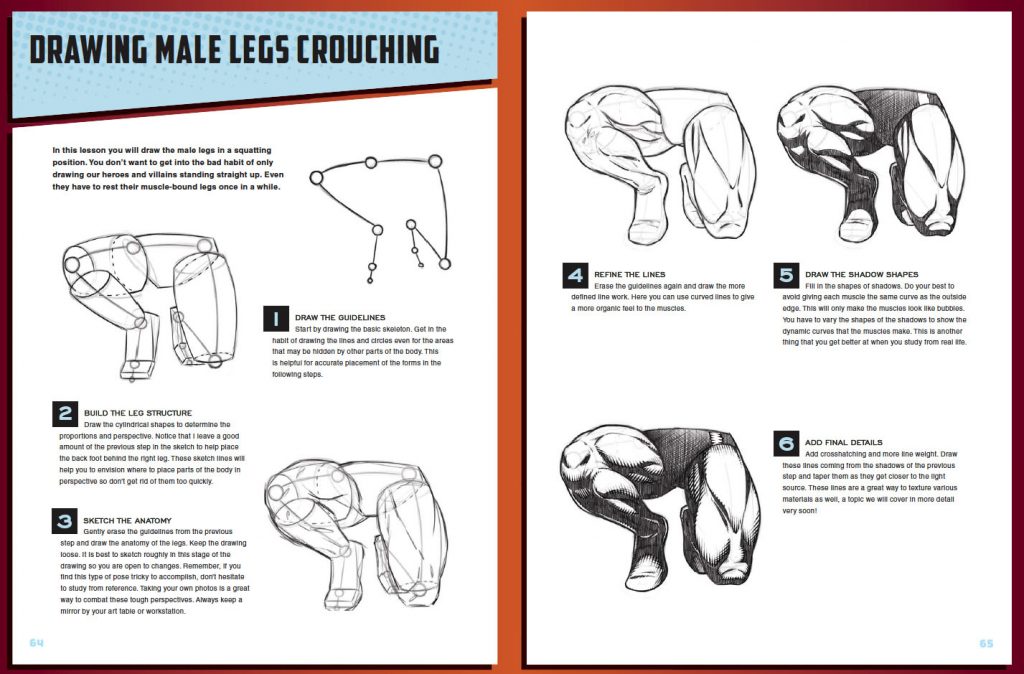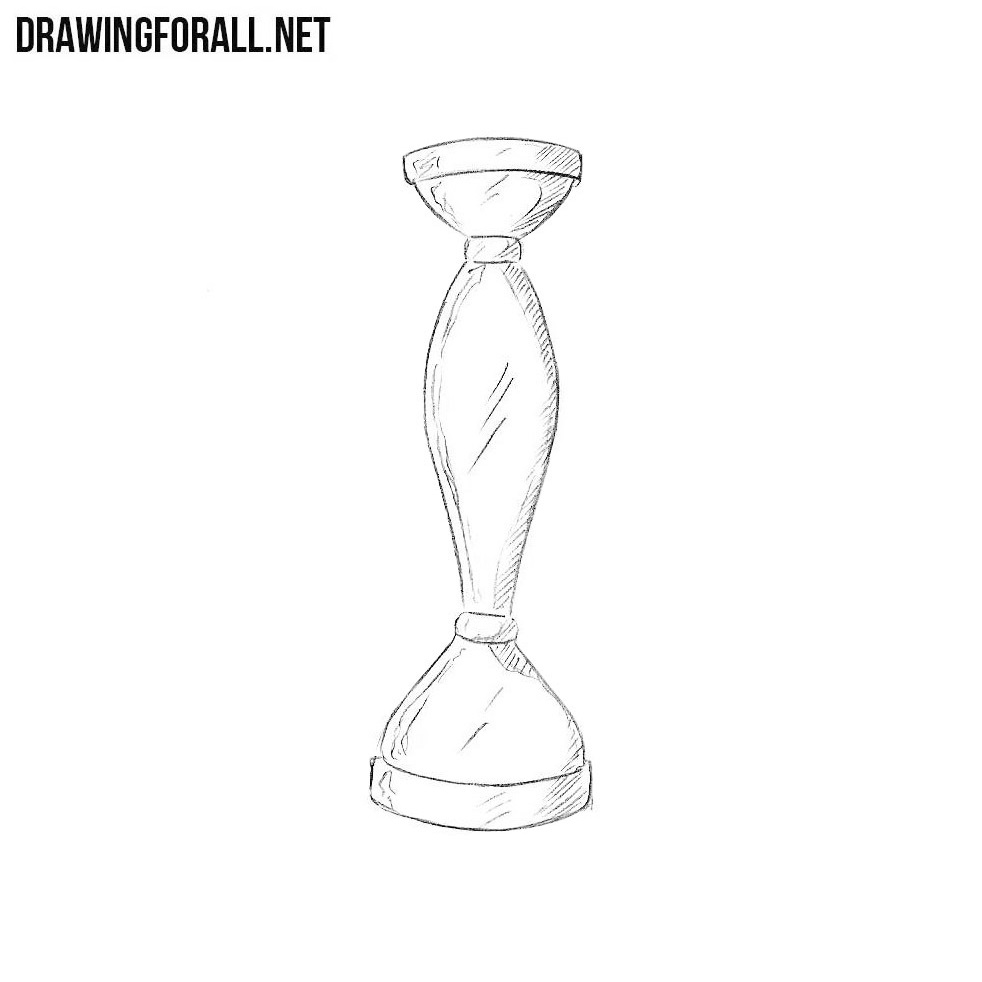Image result for how to draw realistic bushes
Table of Contents
Table of Contents
If you want to create a beautiful and realistic nature scene, one of the key elements you need to master is how to draw bushes with pencil. From creating texture to shading and blending, bushes can be a challenge for beginners, but with some practice and guidance, you can learn how to create stunning drawings that will impress anyone.
The Pain Points of How to Draw Bushes with Pencil
One of the biggest struggles that aspiring artists face when learning how to draw bushes with pencil is making them look realistic. Often, beginners will use strokes that look flat or unnatural, making the bushes seem artificial and awkward. Another common issue is knowing how to create the right balance of light and shadows, particularly when depicting a dense cluster of foliage.
How to Draw Bushes with Pencil: A Step-by-Step Guide
To start, take a close look at pictures of bushes to understand their structure and how the leaves and branches are arranged. Then, sketch out the basic shape of the bush with light lines, focusing on the overall form before adding any details.
Next, work on creating texture by drawing small, overlapping lines to mimic the look of leaves. You can also use a blending tool, such as a blending stump, to soften the lines and add depth.
As you continue to build up the bush, pay attention to the direction of the light source and the shading on each leaf. Use darker lines or shading to show areas where the leaves overlap or are in shadow, and keep lighter strokes where the light is hitting directly.
Finally, add finishing touches to your drawing, such as blending or adding additional details, to create a realistic and engaging bush.
Summary of How to Draw Bushes with Pencil
In summary, if you want to learn how to draw bushes with pencil, start by studying their structure and texture, and focus on creating gradual shading and a believable light source. Practice with different styles and techniques, and don’t be afraid to experiment to find what works best for you.
The Importance of Pencil Sketches
When it comes to nature scenes, pencil sketches can be especially powerful. They allow you to capture the intricate details and textures of foliage and create a sense of depth and dimension that can be difficult to achieve with other materials, such as paint or markers. Personally, I love the challenge and precision of pencil drawings, and find that they offer a calming and meditative escape from the stresses of everyday life.
Small Tips to Improve Your Bush-Drawings
To take your bush-drawings to the next level, consider:
- Using a variety of pencils to create different shading and tone, such as soft graphite pencils or harder leads for sharper lines
- Experimenting with different textures, such as using a stippling or hatching technique to make your bushes look more detailed and interesting
- Adding other elements, such as creatures or rocks, to make your nature scene more dynamic and engaging
Learn More About How to Draw Bushes with Pencil
If you’re looking to take your bush-drawing skills up a notch, there are plenty of resources available to help you. From instructional videos to in-depth tutorials, you can find a wealth of information online to help you improve your technique and master the art of drawing bushes.
Question and Answer
Q: What is the best way to create a realistic-looking bush with pencil?
A: To make your bush look realistic, focus on creating texture by using small, overlapping strokes that mimic the look of leaves. Pay attention to the direction of the light source and the shading on each leaf, and use a blending tool to soften the lines and create depth.
Q: Can I use colored pencils instead of graphite pencils to draw bushes?
A: Yes, you can definitely use colored pencils for your bush drawings. However, keep in mind that they may produce a different effect than graphite pencils, and you may need to experiment with different color combinations and techniques to achieve the desired look.
Q: Should I sketch out the entire scene before adding details, or focus on one element at a time?
A: This really depends on your personal preference and style. Some artists prefer to sketch out the entire scene first to get a sense of the overall composition, while others may prefer to work on one element, such as a bush, and then add surrounding elements later on. Experiment with different approaches to find what works for you.
Q: What is the best way to add highlights to a bush drawing?
A: To add highlights to a bush drawing, use a kneaded eraser to gently lift off some of the graphite in areas where the light is hitting directly. This will create a subtle, natural-looking effect that can bring your drawing to life.
Conclusion of How to Draw Bushes with Pencil
Learning how to draw bushes with pencil may take some practice, but with the right techniques and resources, you can create stunning and realistic nature scenes that will awe your viewers. Start by studying the structure and texture of bushes, experiment with different shading and texture techniques, and don’t be afraid to add your own personal style to your drawings. Happy creating!
Gallery
How To Draw And Shading Bushes And Trees With Very Easy Pencil Strokes

Photo Credit by: bing.com / draw bushes shading strokes
How To Draw Bush For Beginners With Step By Step Pencil Art || Drawing

Photo Credit by: bing.com / bush
Drawing A Bush With Copic Multiliners | Landscape Design Drawings

Photo Credit by: bing.com / bush drawing drawings draw bushes copic multiliners sketch pen multiliner realistic shrubs journal kris nib varying sizes paintingvalley ink sketches
Pin By Amanda Myles On How To Draw Realistic Trees, Plants Bushes And

Photo Credit by: bing.com / bushes
Image Result For How To Draw Realistic Bushes | Plant Sketches, Plant

Photo Credit by: bing.com / bushes bush shrub landscapegardenblog struiken






